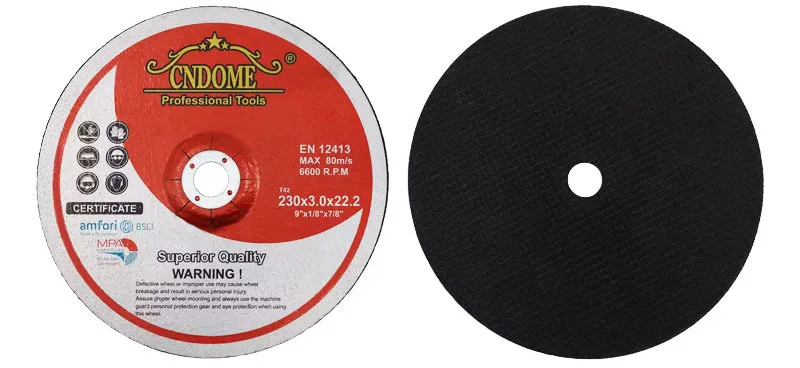In the intricate world of international trade, products are classified and categorized using a system known as the Harmonized Commodity Description and Coding System (HS Code). These codes are crucial for customs clearance, tariff determination, and statistical purposes. In this blog post, we delve into the realm of grinding wheels and explore their HS code to gain a better understanding of their classification and implications in global trade.
What is an HS Code?
The HS Code is a standardized system for classifying traded products, developed and maintained by the World Customs Organization (WCO). It comprises a six-digit code that can be further extended to provide more detailed classification, with additional digits.
Deciphering the HS Code for Grinding Wheels
Grinding wheels, essential tools in various industries for abrasive machining, are classified under specific HS codes based on their material composition, function, and design. Let’s break down the HS code for grinding wheels:
HS Code for Grinding Wheels: 6804.22
- The first two digits (68): Indicate the chapter heading related to “Articles of Stone, Plaster, Cement, Asbestos, Mica, or Similar Materials.” Grinding wheels are typically made from materials such as abrasive grains bonded together with various substances like ceramics, resin, or metal.
- The third and fourth digits (04): Further specify the category as “Millstones, Grindstones, Grinding Wheels, and the Like, without Frameworks, for Grinding, Sharpening, Polishing, Trueing, or Cutting.” This classification encompasses various abrasive tools used for different machining processes.
- The fifth and sixth digits (22): Provide additional differentiation within this category. In the case of grinding wheels, this digitization could represent distinctions based on specific materials, sizes, or characteristics.
Implications of the HS Code for Grinding Wheels
- Customs Clearance: Importers and exporters must accurately declare the HS code of grinding discs on shipping documents. Customs authorities utilize this code to determine applicable duties, taxes, and regulations.
- Tariff Determination: Each HS code corresponds to specific tariff rates applied by customs authorities. Understanding the HS code for grinding wheels aids in forecasting costs associated with international trade transactions.
- Trade Statistics: Governments and international organizations utilize HS code data to compile trade statistics, monitor trade flows, and analyze market trends. Accurate classification ensures reliable data interpretation and policymaking.
Conclusion
Grinding wheels play a vital role in various industries, facilitating precision machining and surface finishing operations. Understanding the HS code for grinding wheels is essential for navigating the complexities of international trade. By deciphering the classification system and its implications, businesses can streamline customs procedures, mitigate risks, and capitalize on global market opportunities effectively. Whether you’re a manufacturer, importer, or exporter, comprehending the HS code ensures compliance and fosters smoother trade transactions in the dynamic landscape of the global economy.
Online Message
Minimum Order Quantity: 5,000 Pcs, 10 Pcs Free Samples.
Contact Us For More Information!
Tel/WhatsApp
+86 18796960868
[email protected]
Address



